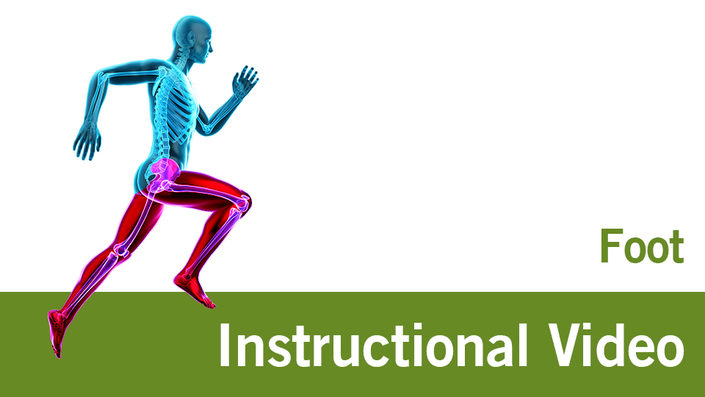About this Scientific Article
This article explores the complexity of hallux valgus, a foot deformity primarily involving the first metatarsal and proximal phalanx. Beyond the common medial and lateral deviations, hallux valgus often includes a rotational component. The article discusses how hypermobility of the first ray contributes to symptoms and examines the historical Lapidus procedure, which addresses this through three-plane correction. Highlighting recent studies, it emphasizes measuring deformity factors such as metatarsal alignment, sesamoid position, and rotation. Using 3D CT scanning, the study aims to correlate alternative analysis methods with standard X-ray measurements, enhancing understanding and potential treatments for hallux valgus.





